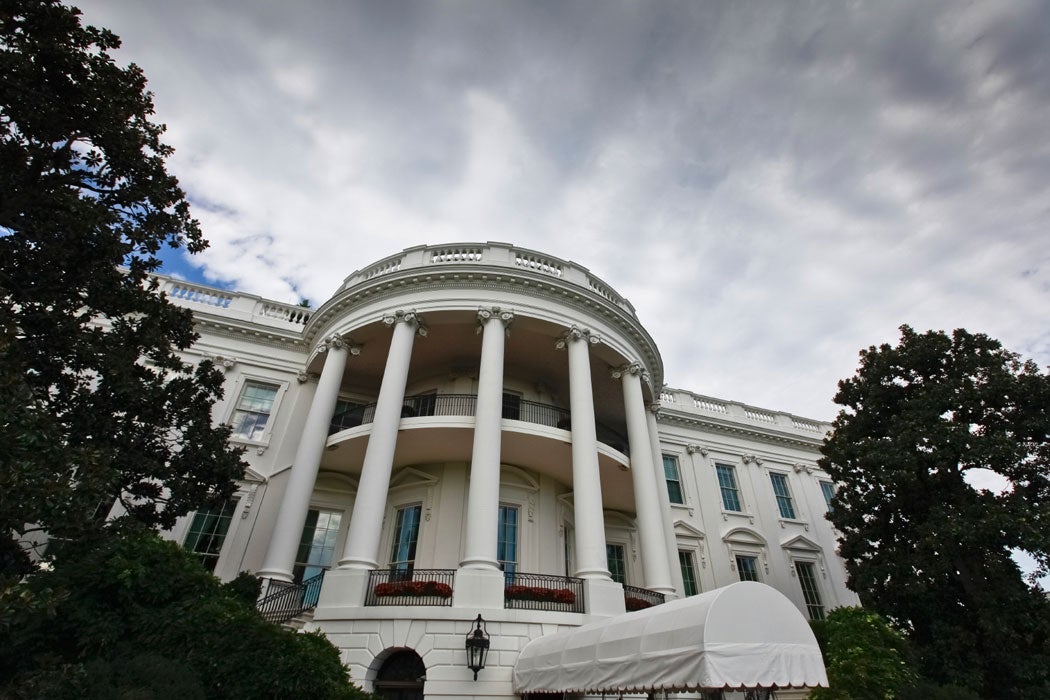Wednesday’s resignation of Julia Pierson, the Director of the United States Secret Service, in the aftermath of a breach in White House security, has everybody talking about this hybrid federal agency with the cloak-and dagger name.
Most of us know that the Secret Service protects the President, the Vice-President, and their families, as well as presidential candidates and former national leaders. Fewer may remember that the agency is in charge of investigating financial crimes, especially the counterfeiting of U.S. currency. Counterfeiting was the initial reason for its formation as the Secret Service Division of the Treasury Department in 1865. It was part of Treasury until 2003, when it joined the U.S. Department of Homeland Security.
In “The Origins of Secret Service Protection: Personal, Interagency, and Institutional Conflict,” Frederick M. Kaiser tells the story with more brio than the title suggests. Unsurprisingly, it’s all about personalities. There’s never been a time when politics weren’t about … politics.
Presidential protection was codified and funded by Congress in 1906, following the assassination of President McKinley, who was the third President to be murdered in a 37-year span.
Kaiser unearthed such items as the Service’s notes about who to watch out for in protecting Grover Cleveland: “Western gamblers, Anarchists, or cranks.” And the letter from Cleveland’s wife, asking for more security at the family’s summer home, without informing the President himself. Cleveland evidently didn’t like surveillance. Extra guards were “ostensibly employed as farm hands.”
Kaiser also discusses the fight over whether civilians or the military would protect the President, and the rivalry with the FBI, which lasted until 1951.
Theodore Roosevelt said of his bodyguards, “The secret-service men are a very small but very necessary thorn in the flesh.” Roosevelt knew something of thorns in the flesh; after surviving a 1912 assassination attempt, he carried the bullet in his body until his death in 1919.







